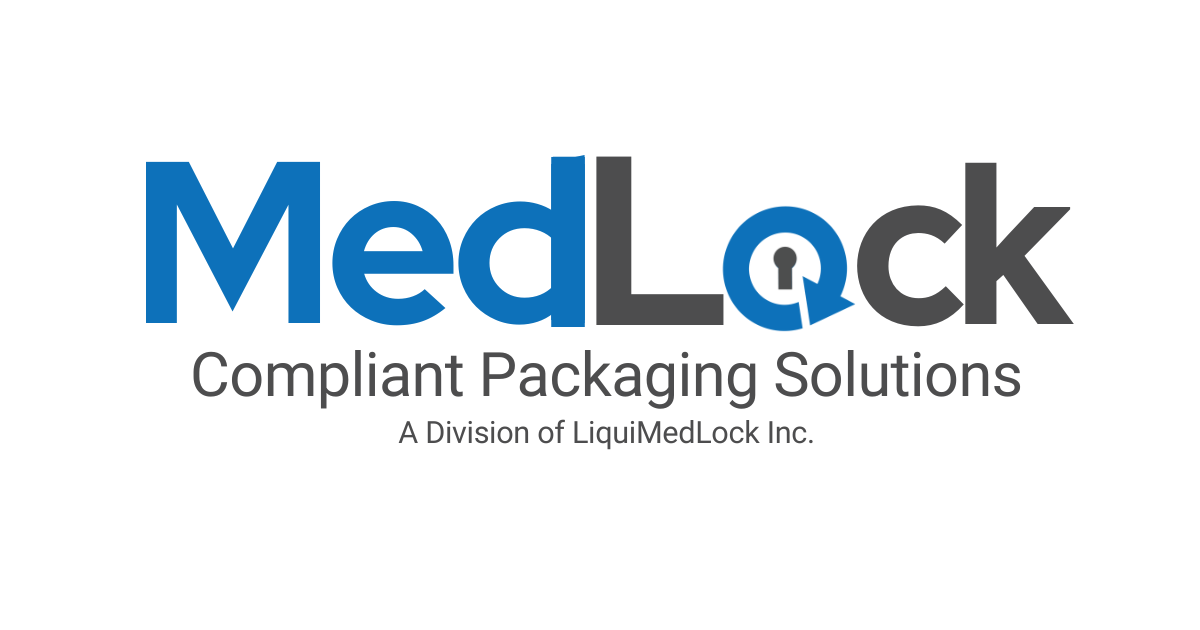A Brief Overview of Safe Medical Packaging in the Pharmaceutical Industry
- Med-Lock
- Feb 16, 2021
- 3 min read
MedLock | February 16, 2021
The pharmaceutical industry requires secure and safe packaging to maintain the stability and identification of drugs. The packaging must be child resistant, yet uncomplicated, with a tamper evident feature to help establish chain of custody. Pharmaceutical packaging must also effectively protect medications and provide comprehensive information on proper product use for the consumer.
The Purpose of Packaging for Pharmaceuticals
The overall goal for pharmaceutical packaging is to ensure safe product use. This also includes using packaging materials that decrease risk of product contamination and degradation. If medications are stored in certain plastics, for example, certain chemicals may be emitted from the plastic which will than interact with the medication. This could alter the drug's chemical structure. If this happens, the medication may become ineffective or even toxic if consumed.

Packaging Formats
There are many different formats of pharmaceutical packaging and medical packaging. Some examples include vials, bottles, jars, blister packs, sachets, syringes, ampoules, cartons, boxes, containers, aluminum, glass, and other plastic storage vessels. The types of materials used determines the requirements and specifications needed for quality testing.
Quality Testing
For example, the containers are tested for water resistance and chemical resistance. The closures are also tested for child resistance, tamper evidence, airtight seals, and more. According to the regulatory requirements in pharmaceutical packaging, good compliance packaging maintains the medicines’ therapeutic effectiveness till the time they are consumed.
The Role of Packaging Products
The type of packaging used for pharmaceuticals and medications depends on the drug's chemical composition as well as drug class. This must be kept in mind when considering how the product will be stored, transported, and used by consumers.
Packaging Design
Ideal medical packaging should allow for easy removal of the materials - while still having a child resistant tested and certified closure - and must keep medications in place to prevent product loss. Storage vessels must not be made from any materials that could have any physical or chemical impact on the medication.
Airtight Storage
Packaging pharmaceuticals in airtight containers and other packaging formats provides resistance to all types of external contaminants during shipping, handling, and storage. If the container needs to be opened more than once, it is important to remember to recheck the airtight feature when closing the container. Pharmaceutical packaging must be resistant to oxygen and other gaseous compounds.
All pharmaceutical packaging must be designed using materials that prevent water absorption and ensures moisture resistance. Active packaging components, like humidity sachets, can be easily added to bottles, jars, and other containers. Ensuring packaging is durable and can withstand physical forces is imperative for highly controlled medications as well as everyday medications like cold and flu meds.
Effective Communication and Labelling
Pharmaceutical packaging must include all important information on intended product use, dosages, proper product storage, batch/lot number, expiration date, active chemicals, non-active ingredients (some individuals have allergies to certain fillers), and so forth. Instructions should be written in plain language to ensure a wide range of people can easily interpret and understand the information being presented. Large enough font should also be used. The most important information should standout in high-contrast, easy-to-read typography so critical knowledge is not overlooked.
Child Resistance
Children are curious by nature. It can be incredibly easy for anyone to accidentally leave a pill bottle out or forget to lock a cupboard door. Child resistant closures are therefore always required for any pharmaceutical product. Tamper evident features are also beneficial for the safety of the intended user and others.
Safety and Security
Pharmaceutical packaging is mean to provide safe and secure storage during the transportation of sensitive goods, like medications, while also preventing the risk of product contamination and toxicity. The pharmaceutical industry uses advanced packaging methods to provide consistent, effective protection of medications to decrease the risk of health hazards.
MedLock Compliant Packaging Solutions
Check out our CannaLock™ page for fully compliant, child resistant cannabis packaging. Compliant pharmaceutical and medical packaging can be found on our LiquiMedLock™ page.




Comments